What does it mean when a call goes straight to voicemail
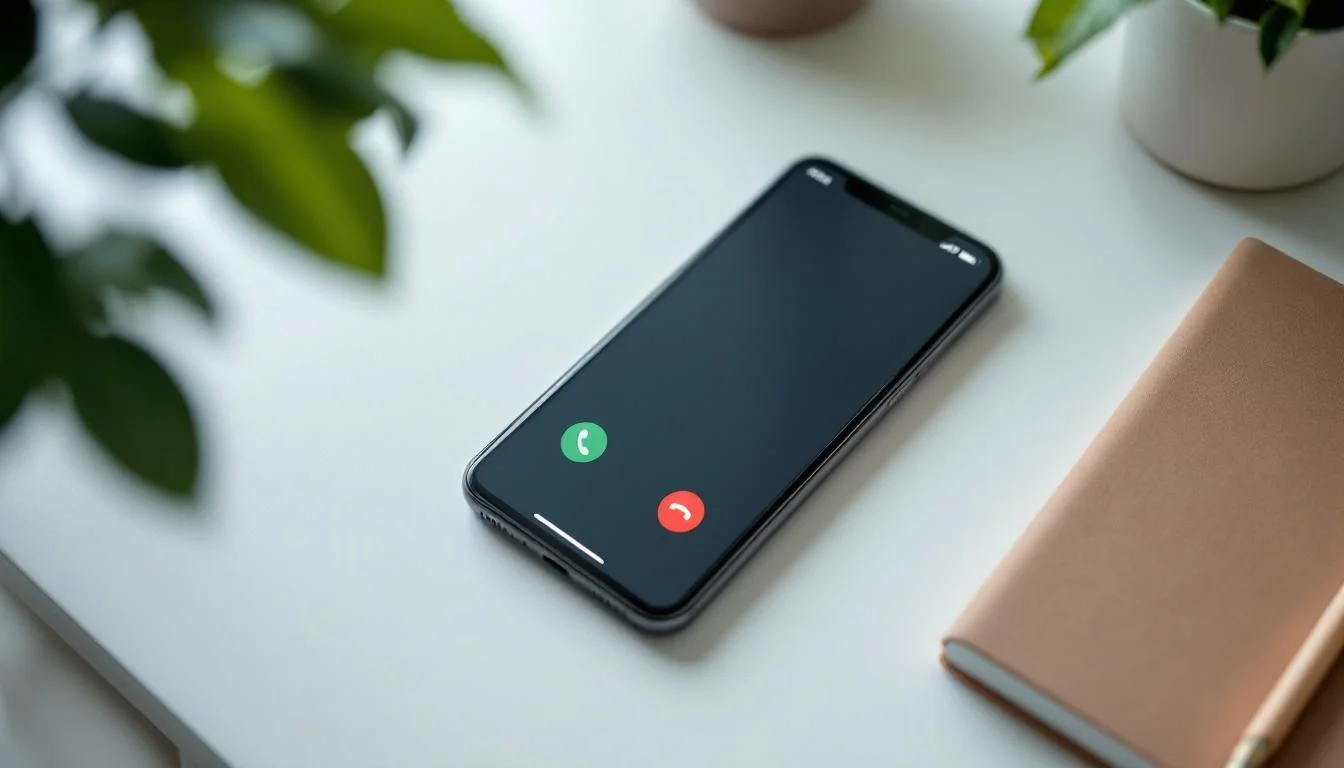
At Drop Cowboy, we often hear from businesses puzzled by calls going straight to voicemail. This common occurrence can significantly impact customer communication and sales.
What does it mean when a call goes straight to voicemail? We’ll explore the various reasons behind this phenomenon and provide practical solutions for businesses to improve their call connectivity.
Why Calls Skip Ringing
At Drop Cowboy, we’ve identified several common reasons why calls go straight to voicemail. This phenomenon often stems from factors on the recipient’s end, impacting customer communication and sales for businesses.
Dead Battery or Powered-Off Device
The most straightforward explanation is a turned-off phone or a dead battery. In these cases, the call can’t connect to the device, so it automatically routes to voicemail. A 2022 survey by the Pew Research Center revealed that 97% of Americans own a cellphone, making this a frequent scenario (especially during long workdays or travel).
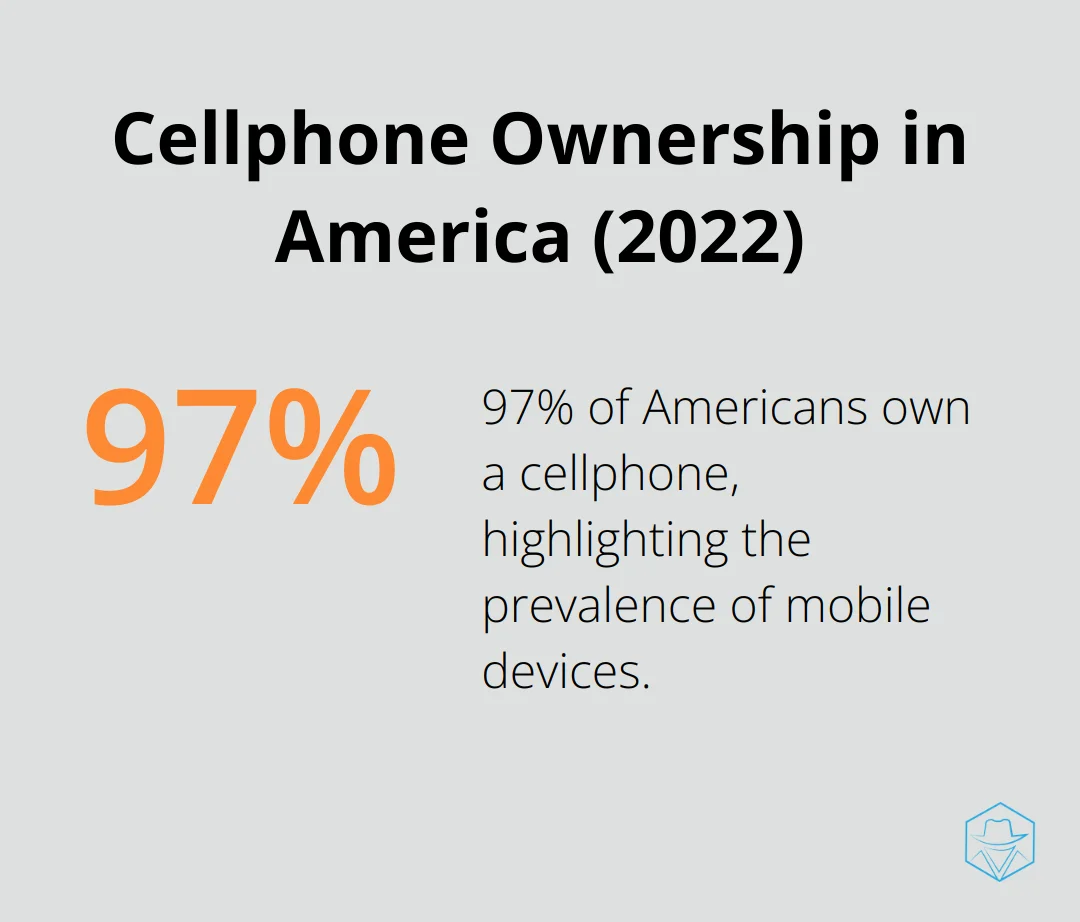
Do Not Disturb Mode
Many smartphone users activate “Do Not Disturb” mode to minimize interruptions. This feature silences incoming calls and notifications, often sending calls directly to voicemail. A study by RescueTime found that the average person checks their phone 58 times per day, highlighting the need for such features to manage digital distractions (and maintain focus on important tasks).
Active Call Blocking
Call blocking has become increasingly popular as a defense against spam and unwanted calls. The Federal Communications Commission reports that Americans received about 4 billion robocalls per month in 2020. As a result, many people use call blocking apps or built-in phone features to filter incoming calls, which can inadvertently send legitimate calls to voicemail.
Network Issues and Airplane Mode
Poor network coverage or an active airplane mode setting prevents calls from reaching the recipient’s device. The FCC’s Broadband Deployment Report shows that while mobile broadband coverage expands, areas with limited or no service still exist, particularly in rural regions.
Understanding these factors proves essential for effective business communication. Solutions like ringless voicemail and SMS integration help companies reach their audience even when traditional calls fail. These alternative communication channels ensure messages get through, regardless of the recipient’s phone status or settings.
As we move forward, we’ll explore the technical factors that affect call routing, shedding light on the complexities behind the scenes when a call goes straight to voicemail.
Behind the Scenes: Network and Device Factors
Network Congestion and Capacity
Carrier networks often struggle during peak hours or in densely populated areas. The CTIA reports a 73% growth in U.S. mobile data traffic from 2018 to 2019. This surge can force calls to voicemail without ringing. Businesses should consider this when planning outreach campaigns (scheduling calls during off-peak hours might improve connectivity).
Voicemail System Complexities
Voicemail systems can malfunction. J.D. Power found that 15% of customers experience issues with their voicemail service. These problems range from delayed message delivery to complete system failures. This underscores the need for businesses to employ multiple communication channels.
Call Forwarding Configurations
Incorrect call forwarding settings can redirect calls straight to voicemail. A TechSee survey revealed that 41% of consumers struggle with device settings (including call forwarding). This highlights the importance of clear communication with customers about their phone settings. Businesses should educate their clients on proper call management to ensure important calls connect.
SIM Card Complications
SIM card problems can disrupt normal call routing. The GSM Association reports approximately 5.2 billion people use mobile services globally, all relying on SIM technology. Physical damage or improper insertion can cause calls to bypass the ring stage. This emphasizes the importance for businesses to maintain up-to-date contact information for customers, including alternative numbers or email addresses.
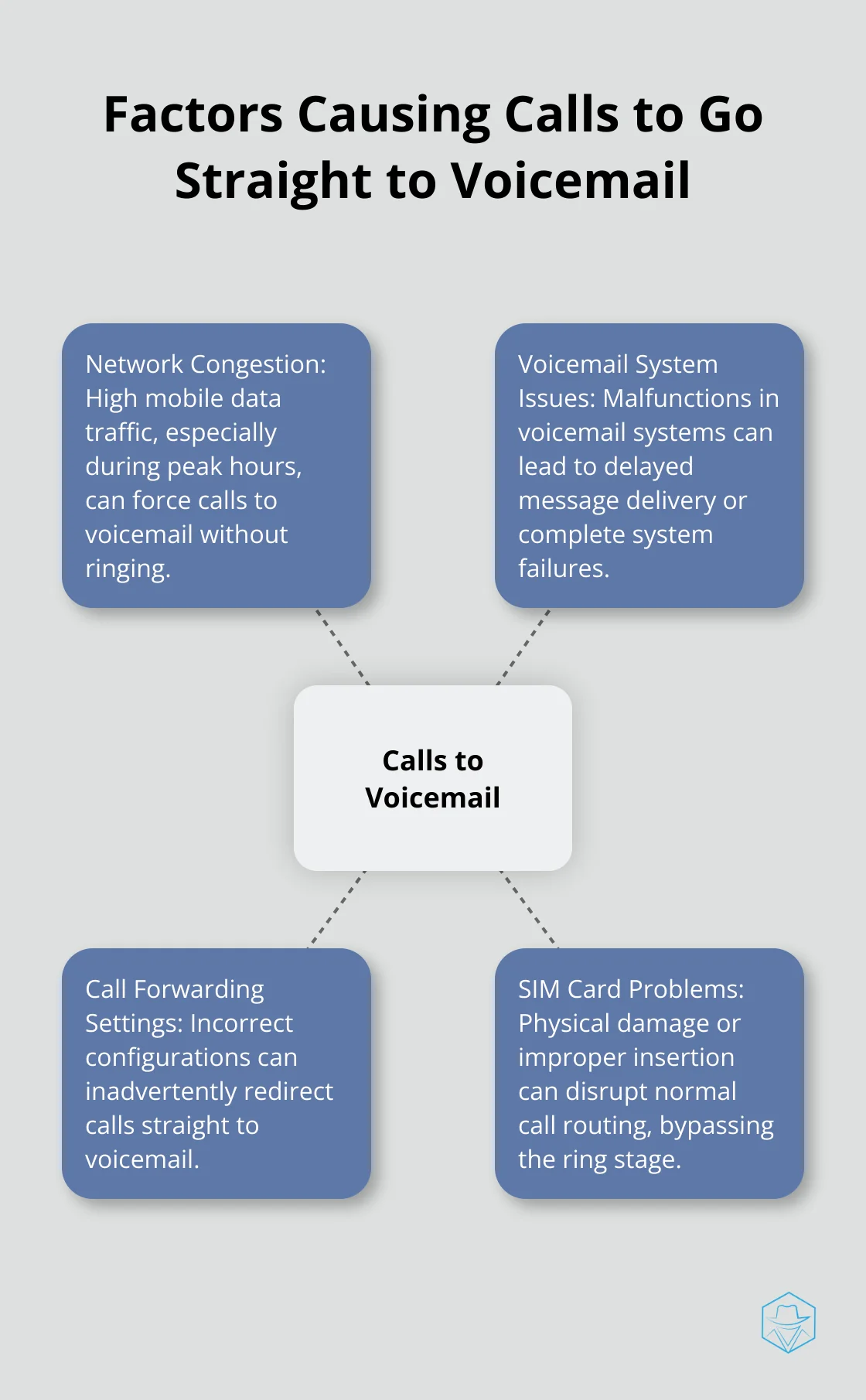
These technical factors require businesses to adapt their communication strategies. Companies should implement multi-channel approaches to ensure their messages reach customers regardless of these potential hurdles. In the next section, we’ll explore how businesses can address these voicemail issues and optimize their communication efforts.
Solving Voicemail Challenges for Businesses
Ringless Voicemail Technology
Ringless voicemail technology transforms how businesses reach their customers. This innovative approach delivers voice messages directly to a recipient’s voicemail box without causing their phone to ring. The Mobile Marketing Association reports open rates as high as 96% for ringless voicemail campaigns (significantly higher than traditional voice calls or emails).
This method proves effective for appointment reminders, payment notifications, and promotional messages. Businesses can achieve high return call rates, which increases customer engagement.
SMS as a Reliable Backup
SMS stands out as a reliable alternative when voice calls fail. Twilio’s report reveals that 90% of consumers prefer texting with businesses over phone calls. The integration of SMS into communication strategies ensures message delivery, even when customers can’t answer the phone.
SMS integration amplifies campaign reach, allowing businesses to send text messages to customers globally. This multi-channel approach increases the likelihood of customer engagement and response (a win-win for both parties).
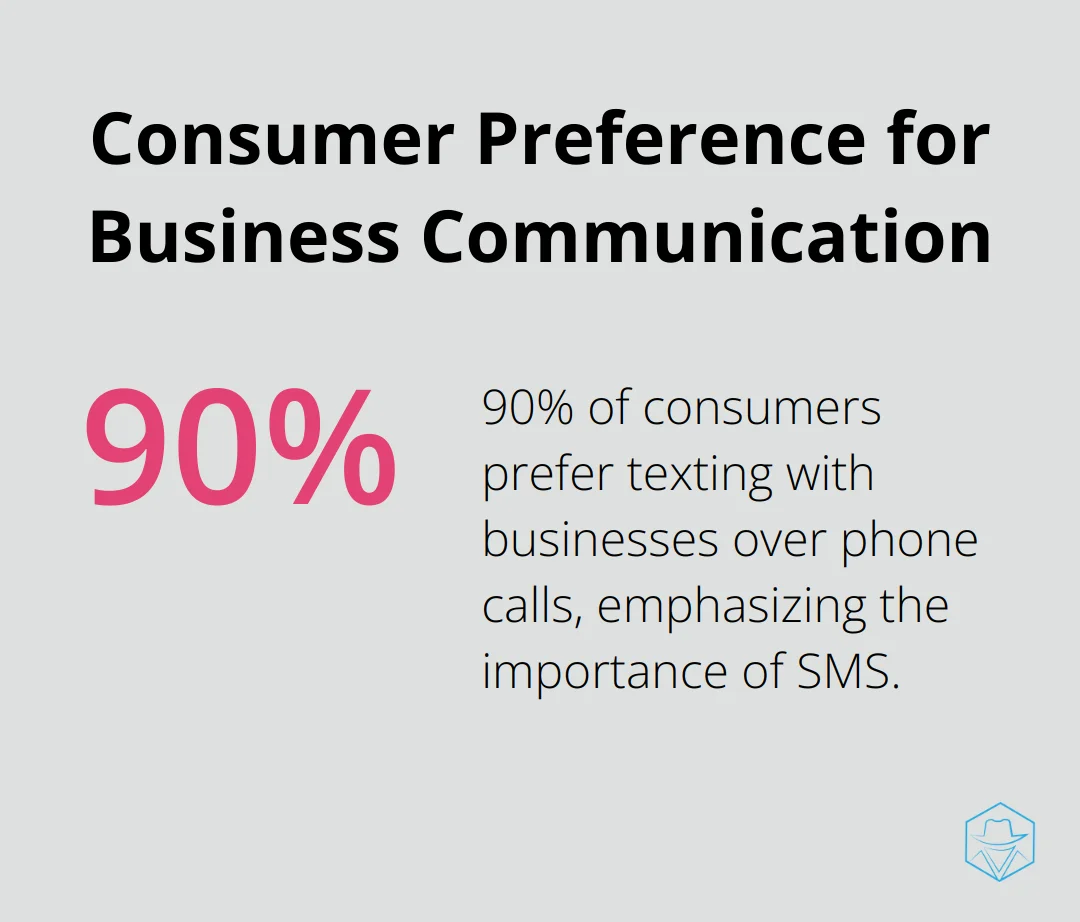
AI-Powered Voice Messaging
Artificial Intelligence revolutionizes voice messaging. AI-powered systems analyze call patterns, optimize delivery times, and personalize messages based on customer data. Juniper Research predicts that AI-powered voice assistants will handle 70% of customer interactions by 2023 (a staggering increase from current levels).
Advanced AI technology allows users to clone their voice for personalized messages, which significantly increases engagement rates. This feature enables businesses to deliver personalized, human-like messages at scale, enhancing the customer experience.
Optimized Call Routing Systems
Businesses can improve their communication effectiveness by implementing optimized call routing systems. These systems direct calls to the most appropriate department or individual, reducing the chances of calls going straight to voicemail.
Advanced routing algorithms consider factors such as time of day, caller history, and agent availability to ensure calls connect with the right person. This approach minimizes customer frustration and improves overall satisfaction.
Voicemail Analytics and Insights
Modern communication platforms offer robust analytics tools for voicemail messages. These tools provide insights into message delivery rates, listen rates, and callback rates.
Businesses can use this data to refine their communication strategies, identify peak engagement times, and tailor their messages for maximum impact. The ability to track and analyze voicemail performance allows for continuous improvement in customer outreach efforts.
Final Thoughts
Businesses must understand what it means when a call goes straight to voicemail to improve their communication strategies. Various factors prevent calls from reaching recipients, including dead batteries, “Do Not Disturb” modes, network congestion, and SIM card issues. These challenges highlight the need for modern, multi-channel communication solutions to deliver messages effectively.
Innovative technologies like ringless voicemail, SMS integration, and AI-powered voice messaging help companies overcome traditional phone call limitations. These advanced tools increase message delivery likelihood and enhance customer engagement and satisfaction. They also offer valuable insights through analytics, allowing businesses to refine their outreach strategies and optimize communication efforts.
As the communication landscape evolves, companies must stay ahead of the curve. Drop Cowboy offers comprehensive solutions that address the challenges of calls going straight to voicemail (with features such as ringless voicemail and SMS integration). We empower businesses to reach their audience effectively, regardless of the recipient’s phone status or settings.
blog-dropcowboy-com
Related posts

March 7, 2025
Proven Text Marketing Strategies for Business Growth
Boost growth with proven text marketing strategies. Engage customers effectively and elevate your business with practical, data-driven insights.

March 28, 2025
Becoming a Successful Marketing Automation Strategist
Master tactics to become a successful marketing automation strategist and boost your campaigns with real-world insights and effective strategies.
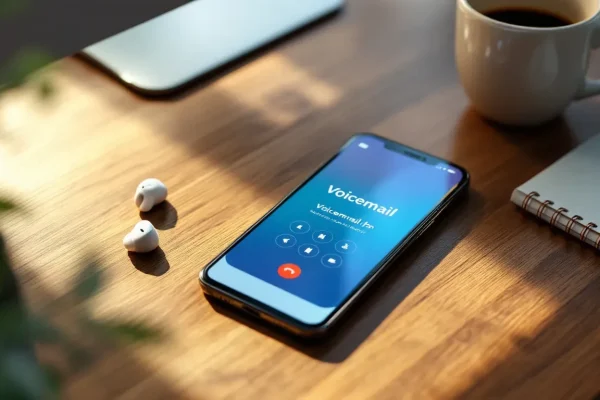
April 9, 2025
Twilio Ringless Voicemail: What Is It and How Does It Work?
Explore Twilio ringless voicemail and learn its benefits and how it works for seamless communication without disturbing your recipients.

June 23, 2025
What Is a Predictive Dialer and How Does It Work?
Understand what is a predictive dialer and see how it boosts your call efficiency and connects you with more customers swiftly.
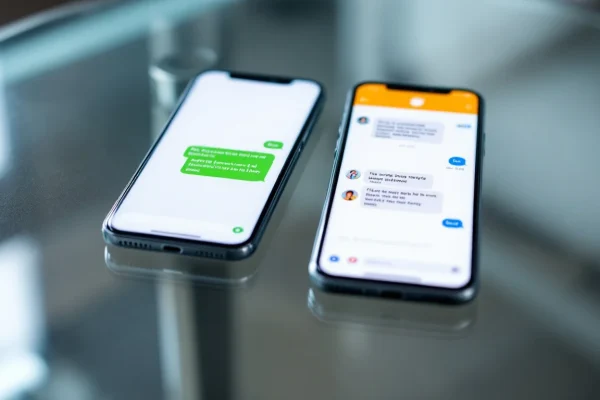
May 12, 2025
Is SMS or RCS Better for Messaging?
Explore SMS vs RCS: which messaging option suits your needs better? Learn how features, benefits, and trends impact your communication strategy.

June 27, 2025
Best Dialers for Effective Cold Calling Campaigns
Explore top dialers for cold calling to boost your campaigns. Learn which tools enhance efficiency and effectiveness in reaching potential clients.